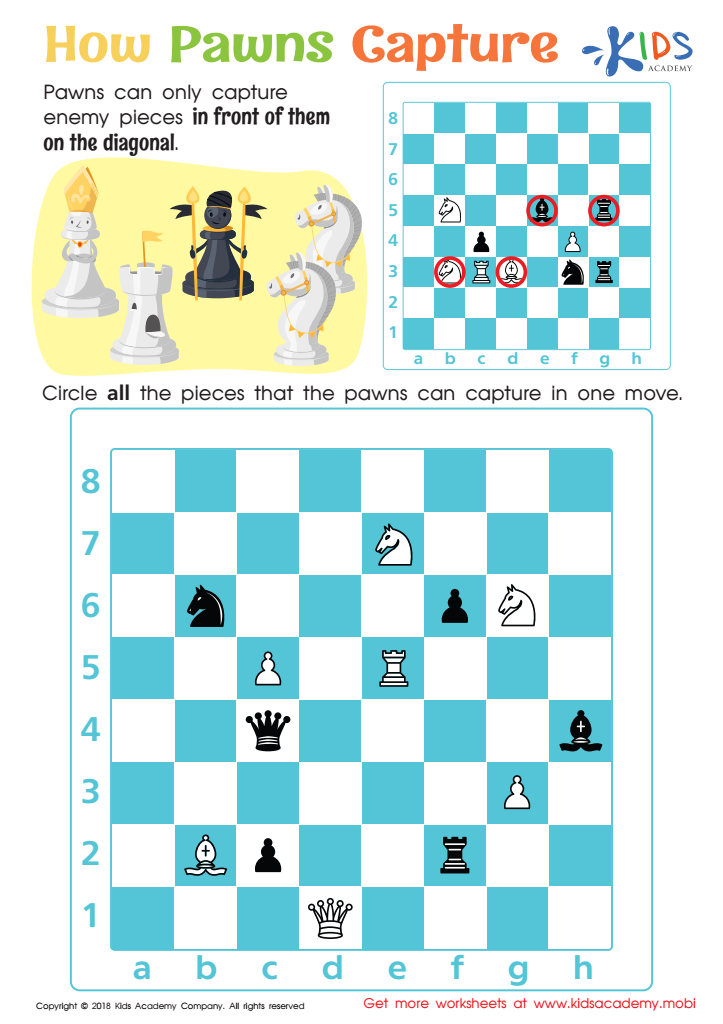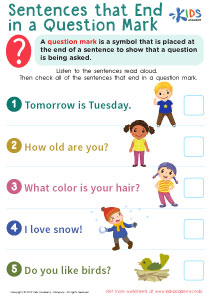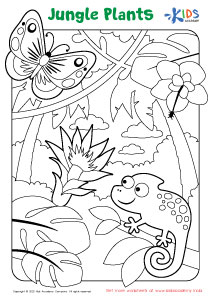Integration of Knowledge and Ideas worksheets With Answers for Kindergarten
15 filtered results
-
From - To
Explore our comprehensive collection of "Integration of Knowledge and Ideas" worksheets designed specifically for kindergarten students. These engaging printable activities help young learners develop critical reading and comprehension skills through the integration of multiple sources of information. Each worksheet includes guided questions encouraging children to synthesize information and make connections between various texts and ideas. Plus, our convenient answer keys provide educators with essential tools to facilitate effective teaching and learning. Foster a love for reading and improve literacy skills while making learning fun! Discover the benefits of early reading comprehension today with our expertly crafted resources.


Community: Homes Worksheet


How King Moves Worksheet


Growing Plants Worksheet


Knights Bingo Worksheet


How Queen Captures Worksheet


Cities Worksheet


Craft and Structure: Assessment 2 Worksheet


Wash Your Hands Worksheet


How Knight Captures Worksheet


How Pawns Move: Part II Worksheet


All Around the Town Worksheet


How Pawns Capture Worksheet


Cities: Finding Differences Worksheet


How Pawns Move: Part I Worksheet


Cities: Finding Similarities Worksheet
Integration of Knowledge and Ideas is crucial for kindergarteners because it fosters critical thinking and comprehension skills essential for academic success. This practice involves connecting different pieces of information and distilling knowledge from various sources, which helps young children make sense of the world.
For parents and teachers, supporting this integration is vital to developing children's ability to analyze and synthesize information from stories, art, and real-life experiences. When students learn to combine different ideas, they improve their reading comprehension and become more effective communicators. For instance, while discussing a story, teachers can ask students how the characters' actions relate to the events in their own lives. This helps children create meaningful connections.
Additionally, this integration enables children to express their thoughts and opinions more clearly, allowing for greater participation in discussions. It also instills a love for learning, as children engage with their surroundings and discover relationships between concepts naturally.
Ultimately, promoting the integration of knowledge at a young age nurtures lifelong learners armed with critical thinking skills—essential for future academic and personal success. Thus, parents and teachers must recognize its significance in early education.
 Assign to My Students
Assign to My Students















